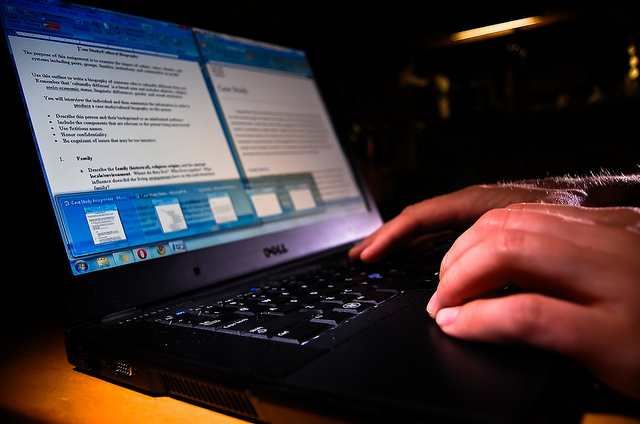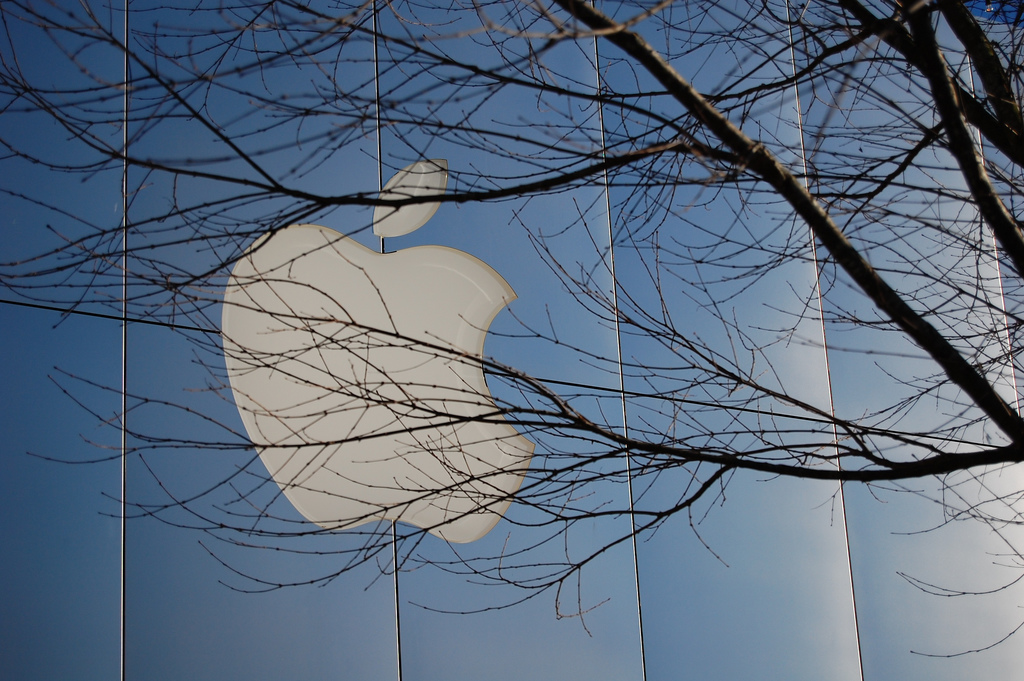Handshake Software, a provider of SharePoint-based products and services to the legal market, announced its tech integration Ravel Law, a legal search, analytics, and visualization platform. The move is based on the need to provide a legal search product to law firms that will allow them to be more efficient in their practice.
Glenn LaForce, vice president of global sales & marketing at Handshake Software stated, ““Attorneys are under tremendous pressure from their clients with regards to the billable hour, so bringing together as many data sources as possible into one universal search is paramount for their practice,” he said. “To be able to perform legal research while seeing key financials, internal documents, contacts and internal expertise helps the attorneys become more efficient and effective.
This move is a strategic integration between the two companies products. By combining these technologies, the users Sharepoint experience will include search that allows for all knowledge to be in one place. LaForce confirms this by saying, “Lawyers, CIOs and knowledge management professionals tell us they want one system to deliver one-stop [knowledge management] information to their users. Our integration with Ravel Law is another important aspect of the Handshake Software’s all-encompassing solution that includes integration to online legal research and other major legal applications.”
The goal is to provide and environment where users will have access to critical firm data as well as online law research materials. This allows attorneys to more effectively manage the business and practice of law. We’re excited to bring these technologies to lawyers in one easy-to-find location,” said Nik Reed, co-founder and chief operating officer at Ravel Law.
Article via LegalTechNews, 12 January 2016
Photo:Assignments by Ryan Hyde [Creative Commons Attribution-NonCommercial-NoDerivs]







